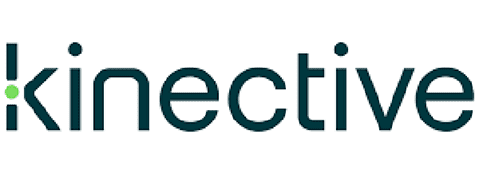LESSON 1
Users & Their Roles
Introduction
Like with most software utilized within your organization, users must have valid accounts to be authorized for access and those accounts must be managed to have certain privileges or permissions that determine what they can see and do and what actions they can take.
eSign Cloud security is handled in three parts and in this Lesson, you will learn the details of each of those parts as well as the types of permissions that can be employed and specifics to consider.
Key Elements
- How Microsoft Azure Active Directory relates to IMM eSign authentication
- Learn how to determine if your Institution currently uses MS Azure AD
- How users are authenticated to Adobe Sign for remote signature processes
- Exploration of the different permission types available in IMM eSign
- Learn about utilizing User Groups in IMM eSign
Lesson Video
Learning Objectives
- Define your institution’s use of MS Azure AD
- Define how your users are currently utilizing Adobe Sign (if at all)
- Develop a user permissions plan
Resources
Glossary
Azure Active Directory: An LDAP compatible cloud-based identity and access management service from Microsoft
Authentication: Term used to describe a user having access to a system or application
Permission: A term used to indicate a user’s right to perform a task or access a certain area of an application once authenticated
What's Next
In Lesson 2 we will further explore the details of document management, namely Templates and Attachments. Any member of the Institution project team who is responsible for decisions or management of documents in your business systems and/or imaging and archiving system should pay special attention to Lesson 2.
